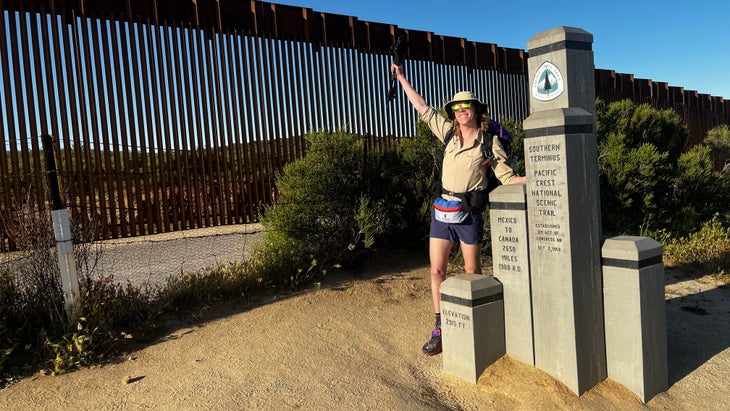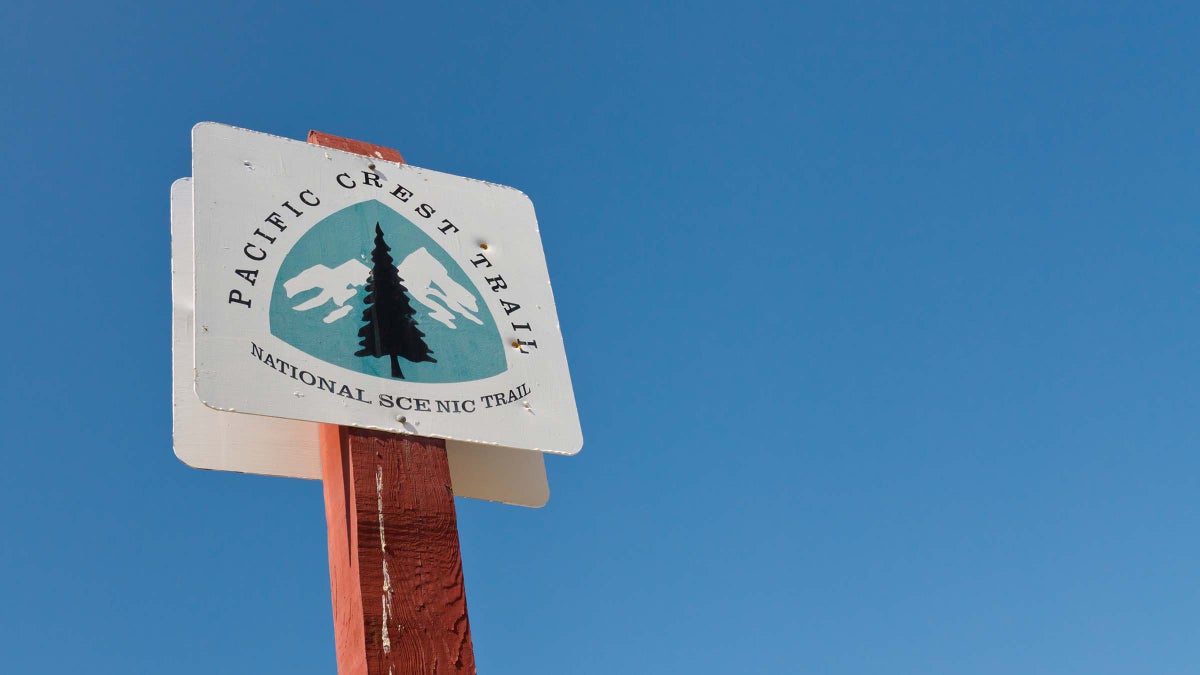Products You May Like
Heading out the door? Read this article on the new Outside+ app available now on iOS devices for members!
Download the app.
Editor’s Note: As Backpacker’s 2023 Pacific Crest Trail correspondent, David Gleisner will be reporting on this year’s PCT season as he attempts a thru-hike of his own. For his first post, he explains why this year is shaping up to be a tricky one—and what aspiring thru-hikers are doing about it.
It snowed a lot in California this winter. Like, buried-houses, inoperable-ski-lifts, 300%-of-average snow. The waves of moisture that pummeled the state in recent months have brought much-needed relief to drought-stricken areas, with many of the state’s reservoirs refilling to near-normal levels, seasonal creeks and streams reliably running, and wildflowers blooming across the desert. But the historic snowpack presents a challenge for hikers hoping to traverse the High Sierra on the Pacific Crest Trail.
As I write this, I’m far from the High Sierra, but it looms over my preparations. I’m in sunny, snow-free San Diego, about to head to Campo to start a northbound thru-hike of the PCT. I’ve done plenty of snow travel while hiking and trail running in the past. But the nerves are hitting me hard this week: On top of this being my first time thru-hiking the PCT, it’s also my first ever long distance thru-hike. And I picked one tough year to do it.
Snow is on every thru hikers mind this year. Where should I ship my ice axe and Microspikes? When should I plan to arrive at Kennedy Meadows? Will the water crossings be safe? How do I avoid postholing? Already, PCT discussion groups and forums teem with discussion of flip-flopping, the practice of traveling between different sections of a trail to avoid difficult conditions, then coming back later in the season when it’s more hikeable. This year in particular, hikers are having to get creative about what their thru-hike looks like.
In Southern California, many early starters have flipped up from Idyllwild, on the edge of the snowy San Jacinto Mountains, to the desert town of Tehachpi, about 150 miles northwest. From there, they’ve hiked south into the San Gabriel Mountains, where they’ve encountered more postholing and tricky routefinding. In the past couple weeks or so, brave hikers have broken trail across the San Jacintos and San Gabriels, paving the way for later starters (like me) to follow their tracks across treacherous steep slopes and past blowdowns. But more still are sure to flip and flop across Southern California, hoping to find better conditions.
The Sierras are another story entirely. Snow has just started to melt, and the threat of a late season storm will loom until June. As it sits now, the southern Sierra snowpack is hovering just above 320% of average. Snow in the Sierras always makes for some dicey hiking, but this year’s snowfall is otherworldly. Photos from across the region show snow covering houses in Mammoth Lakes and creating 20-foot walls on either side of Highway 50 over Echo Summit.

The standard PCT Long Distance Permit, issued by the Pacific Crest Trail Association and carried by most thru-hikers, stipulates that “travel in the Southern Sierra must be continuous with no skips or changes in direction.” If hikers skip any of this section—from Kennedy Meadows South at mile 702 to Sonora Pass at mile 1017—they must obtain a new permit to be able to come back and complete it.
Some proactive hikers have already called up the PCTA to change their permits. In the PCT Class of 2023 Facebook Group, one hiker posted his change of itinerary in late March: flip up to near the PCT midpoint in Northern California, hike to Canada, then flop down and complete the Sierra later in the season. Comments on the post range from solidarity (“I got mine changed too to that same route!”) to pessimism (“You will have to hike through snow no matter where you go.”)
For now, it seems like everyone has a different take on how to deal with this year’s unprecedented conditions. Some are giving up on a PCT thru-hike entirely this year, switching to other routes like the Appalachian Trail. Others advise creativity, maintaining the spirit of the adventure without the purity of a point-to-point PCT thru hike.
I may be naive, but my plan this year is pretty simple: Hike as much of the trail continuously northbound as possible, taking alternate routes and breaks when needed. That being said, my main goal on this journey is to be adaptable, to roll with the punches that this year’s finicky weather has thrown. The 2023 PCT hikers who have flip-flopped to hike their best hike are the embodiment of this ideal, keeping the spirit of the thru-hike alive while being smart and staying safe. No matter where my hike takes me, I’ll be following in their footsteps.
